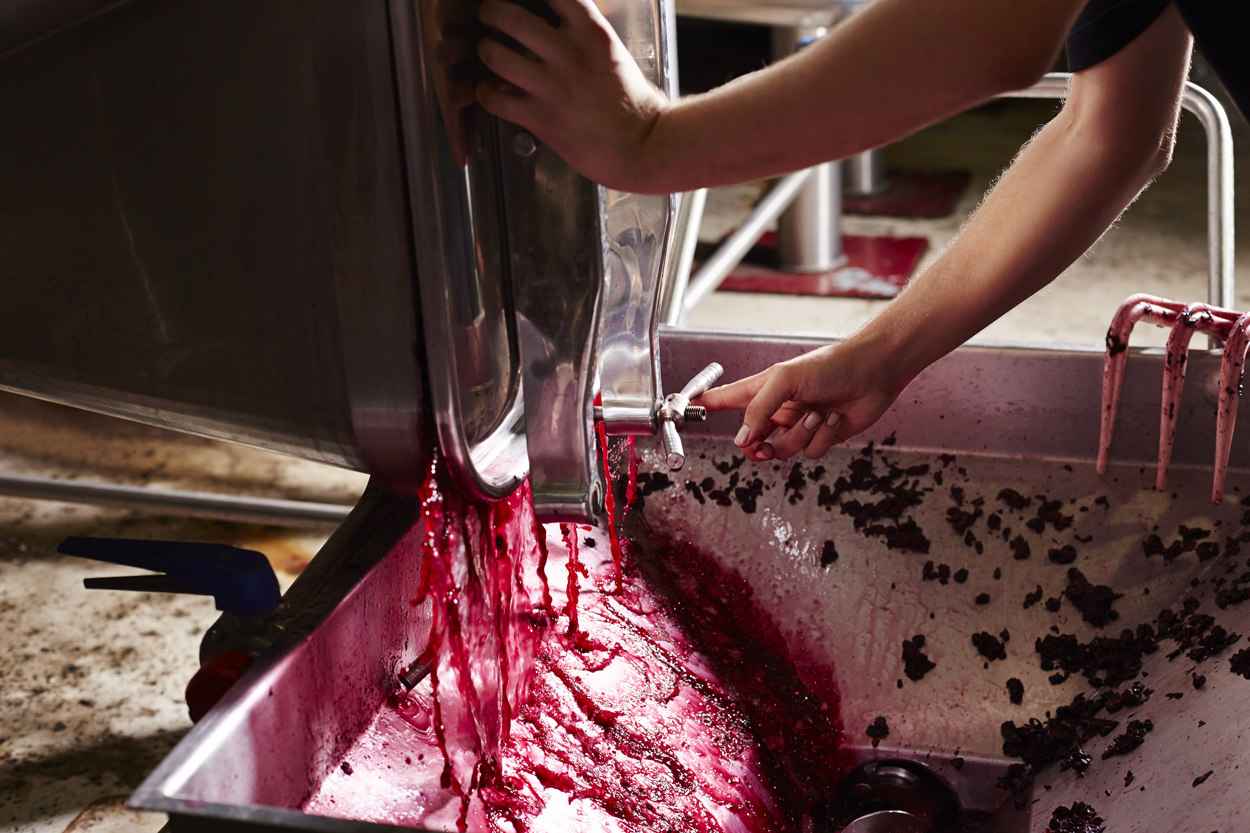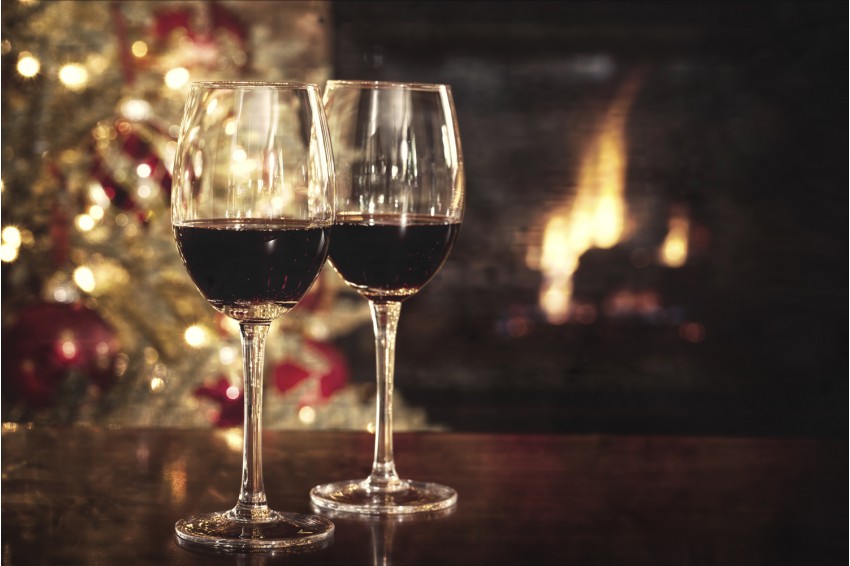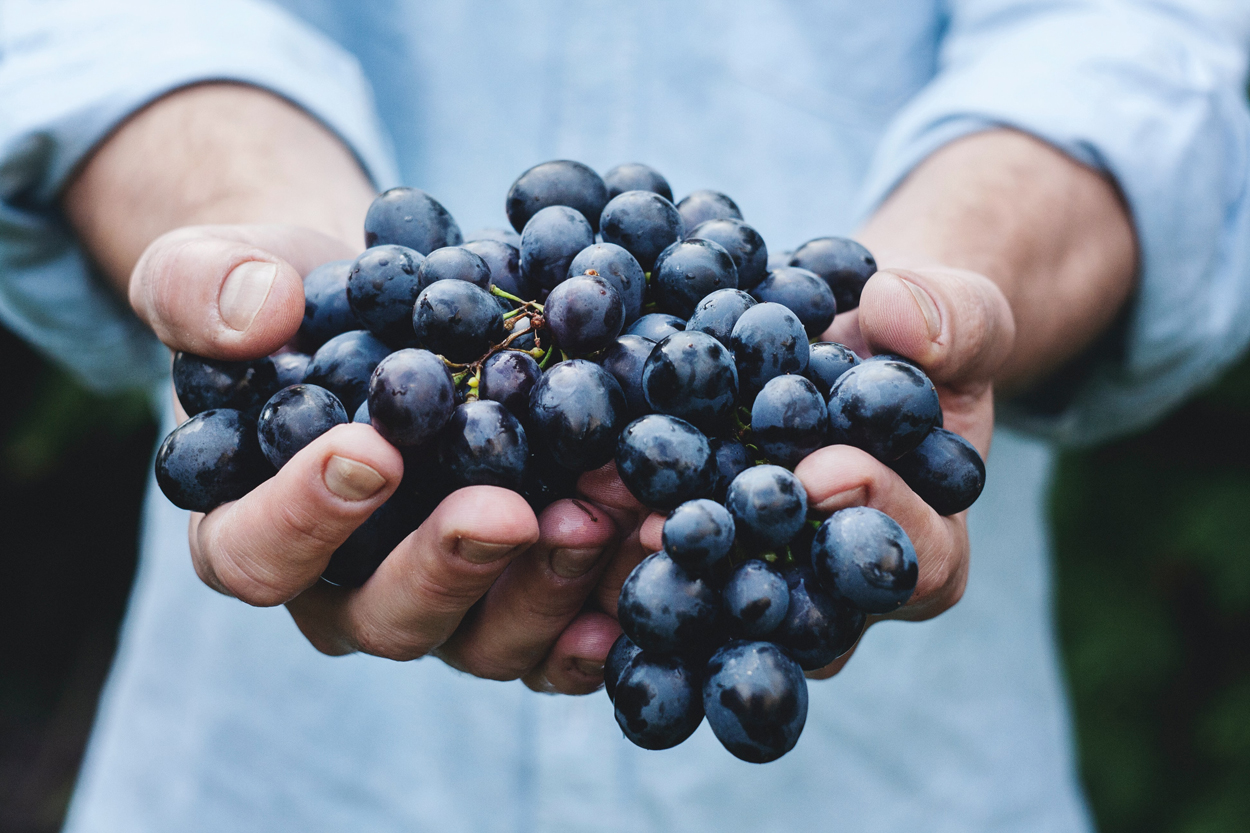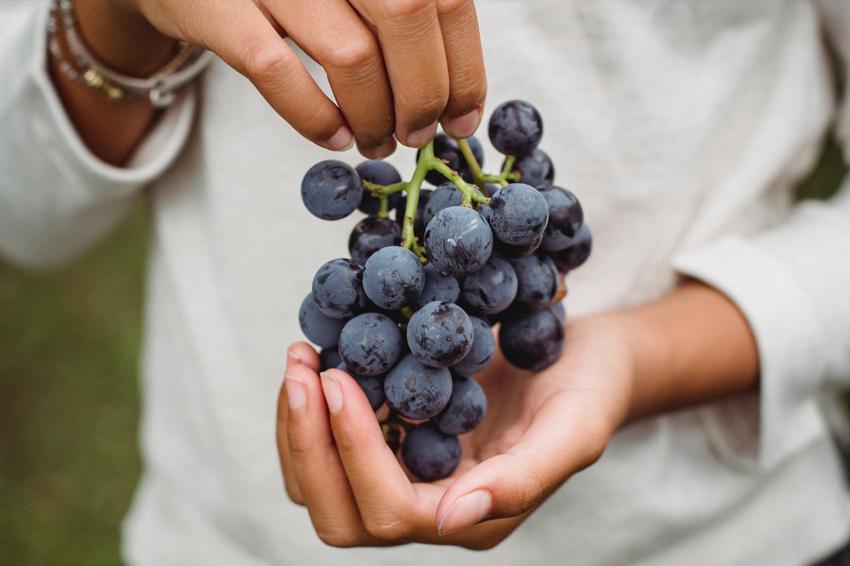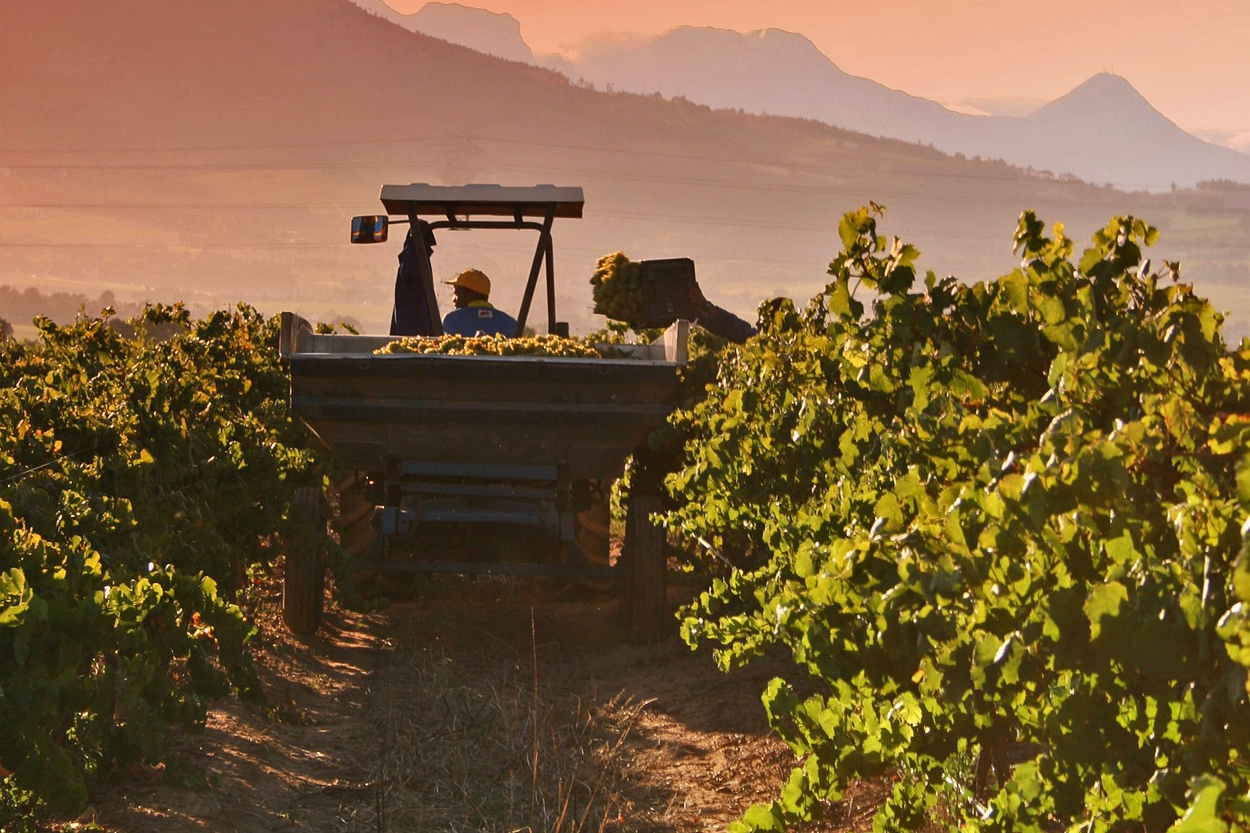What are tannins?
We talk a lot about tannin in the world of wine, we use a whole range of adjectives to describe them such as soft, delicate, smooth, supple, powdery, grippy, chewy, green, and sometimes even aggressive (the list goes on), but what exactly is tannin and why would you want it in your wine?
Tannins are plant based polyphenolic compounds, found in the skins, stems and seeds of grapes, that form an essential structural component of wine, along with acid, alcohol and sugar, particularly in red wines, but also in white wines that have had some skin contact during fermentation or aged in oak barrels. Tannin does not have a specific flavour but instead adds texture and a drying astringency that can be felt on the gums and the teeth.
If you imagine a cup of black tea where the tea bag has been left to stew in the cup, when you taste the it, it makes your mouth pucker and dry, leaving a slightly furry texture in the mouth. This is tannin! They can affect the colour and structure of the wine and they also act as a preservative which helps a wine to age. Tannic wines can age for many years and become softer and more mellow with time.
Where do tannins come from?
Tannin is present in grape skins and their presence in a wine depends on the amount of skin contact during winemaking. White and rose wines receive very little, if any, skin contact so they rarely have detectable tannin. Tannin can also be found in the stems and seeds or from barrels, staves or oak chips.
Thick-skinned grape varieties such as Cabernet Sauvignon and Syrah have much higher levels of tannin than thin-skinned grape varieties such as Pinot Noir, Gamay or Grenache.
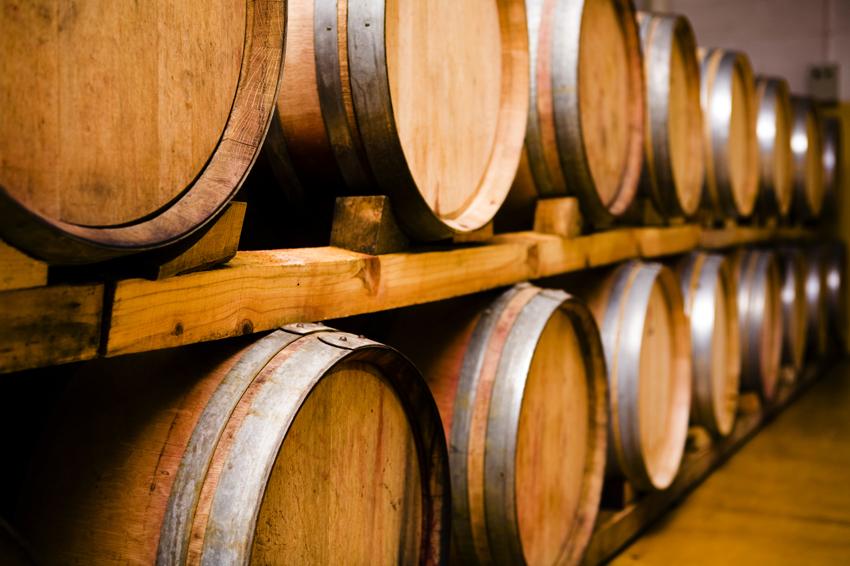

Serving temperature for red wines with high tannin levels
Tannic wines need to be served at room temperature to allow all the aromas and flavours to open up and make the tannin appear softer, more supple and reduce the bitterness. If these wines are served too cold, they can taste thin, astringent and out of balance. The cold can mask the acidity, fruit character and sweetness making the tannin and alcohol stand out.
Pairing high tannin wines with food
All wine lovers know that a good wine pairing can enhance the flavours of the dish and the wine. Tannin plays an Important role in food and wine pairing, especially when pairing with proteins and fats which offset the astringency and bitterness of the wine. Wines that are high in tannin should be paired with a dish which is high in protein, such as red meat or cheese. The protein breaks down the tannin in the mouth, making the wine taste more rounded and bring out the fruit character. One of my favourite pairings is Nebbiolo with succulent braised venison or a Cabernet dominated Bordeaux with Beef Wellington.
Tannic wine also pairs well with fatty, rich dishes. The tannin cuts through the fat and cleanses your palate between each mouthful which is why these wines go well with cheese, juicy steak or Lamb chops.
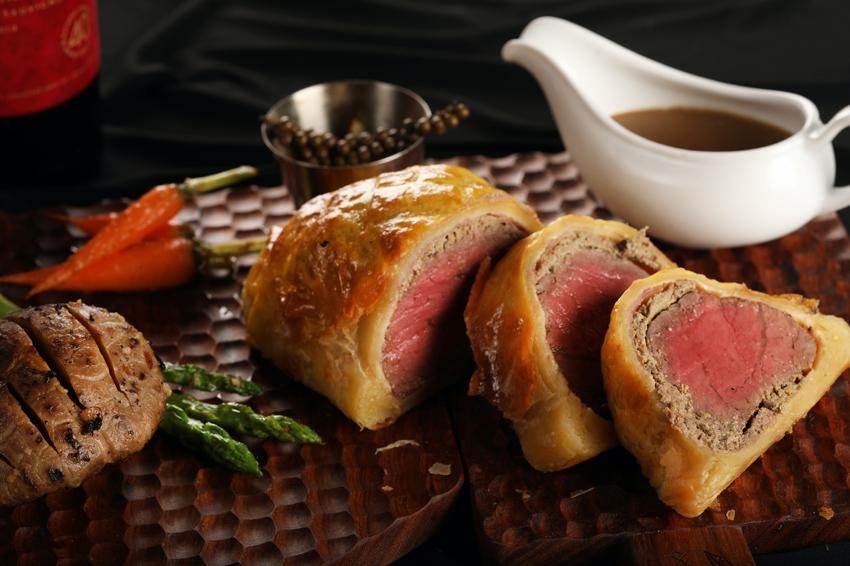

Our top 5 wines with notable tannin levels


Les Tours de Beaumont, Chateau Beaumont 2014, Bordeaux, France
This is the excellent second wine from the well-loved Cru Bourgeois property Château Beaumont. Located in the heart of the Medoc, it is a blend of 60% Cabernet Sauvignon and 40% Merlot, which produces a classic Claret with ripe, soft tannins and good concentration of both red and black fruits fused with hints of sweet spice and cedar oak.
Attractive red and black summer berry fruits fused with a touch of pepper. Well infused / knitted together on the palate with a red, summer berry fruit core and blended with a touch of cassis, cedar and nutmeg. Charming younger brother to the Grand Vin.


Michelas St Jemms Crozes Hermitage Signature Rouge 2015, Rhone, France
Impressive, fruit dominated Crozes that jumps out of the glass. Modern, seductive style with a velvety texture of pure black cherry, pepper and spice with a touch of vanilla. Everyone will be impressed if you serve this at your next dinner party, a great pair with game birds, try it with pheasant or grouse.


Herdade de Esporao, Organic Reserva Tinto 2019, Alentejo, Portugal
This organic red wine is made from the native varietals of Alicante Bouschet, Touriga Nacional, Touriga Franca, Aragonez, Trincadeira, as well as the international varietals of Cabernet Sauvignon and Syrah, which spend twelve months in American oak (60%) and French oak (40%) barrels followed by eight months ageing on bottle before release.
Intense and complex aromas of blackcurrant, cassis and black plum fused with added liquorice and nutmeg spice. Rich, round and ample on the mid-palate with ripe, smooth tannins that wrap around a core of further blackcurrant and hedgerow fruits underpinned by a sprinkling of black pepper and nutmeg spice on the persistent finish.


Michele Reverdito, Langhe Nebbiolo `Simane` DOC 2019, Piedmont, Italy
100% Nebbiolo from the San Giacomo Cru in the north-west of La Morra on limestone-marl soils with touches of clay. Located next to the Crus of Bricco Cogni, Neirane and Ascheri as well as the Verduno border. Technically a declassified Barolo San Giacomo at half price!
Delicate aromas of Morello cherry, dried orange citrus and cinnamon spice fill the glass. Medium-bodied with round, ripe tannins that wrap around a core of further dried red cherry and strawberry with underlying orange zest and hints of rose petal and white pepper spice.


Encierra Carmenere 2019, Colchagua Valley, Chile
Created in Chile`s Colchagua region by Encierra, a family-run winery whose custodians have been producing wine in Chile since the 1760s. This is a powerful, elegant wine with a complex aroma that combines black plums, black cherry and a hint of pepper. The lush, generous palate is packed with damsons, black cherries and blackcurrants which is balanced with fine tannins. The finish is serious, deep and rich packed with flavour and a lingering note of spice.

